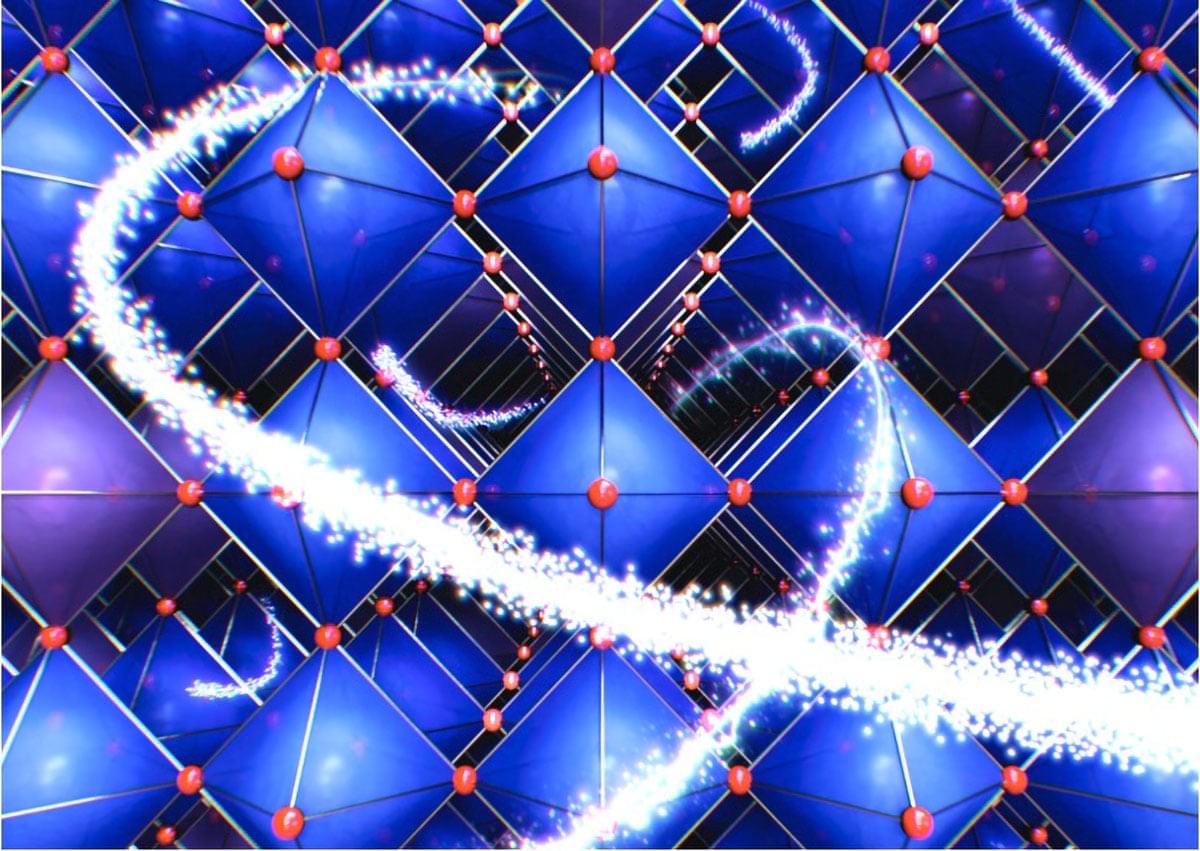Energy that would normally go to waste inside powerful particle accelerators could be used to create valuable medical isotopes, scientists have found.
Researchers at the University of York have shown that intense radiation captured in particle accelerator “beam dumps” could be repurposed to produce materials used in cancer therapy. The study is published in the journal Physical Review C.
Scientists have now found a way to make those leftover photons do a second job, without affecting the main physics experiments.









